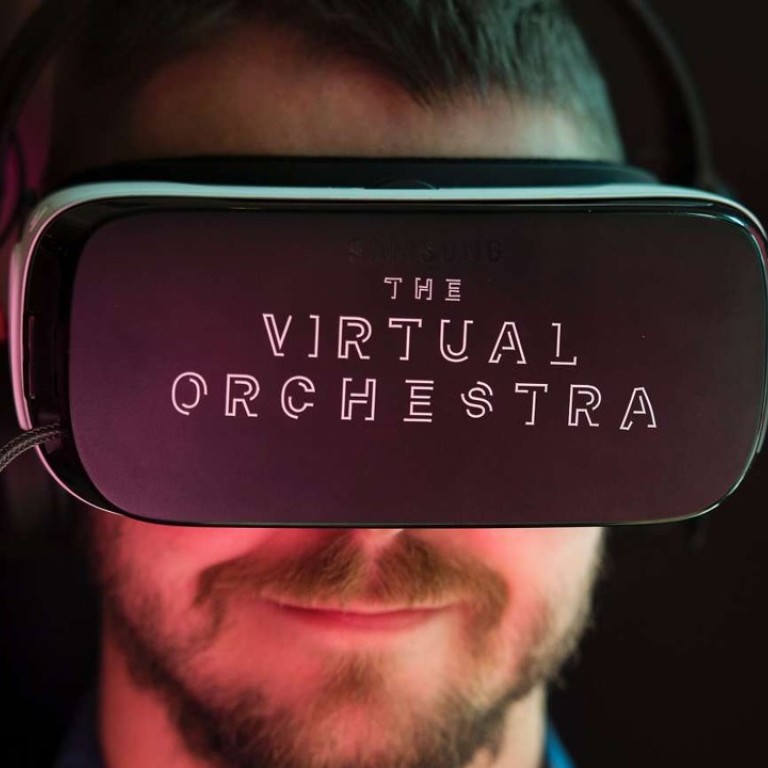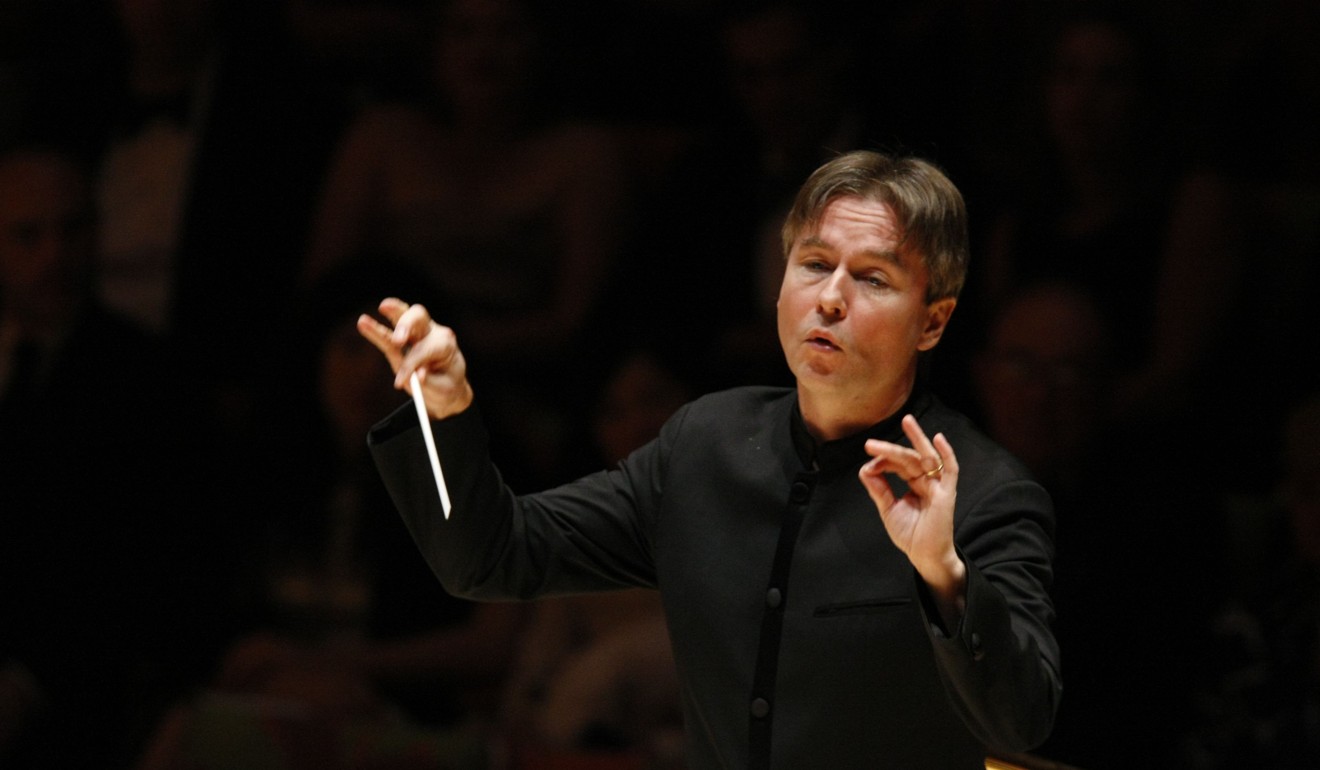
UK concert hall’s VR tech puts visitors centre stage with the orchestra
Virtual-reality headsets are being used deliver the full force of performances by London’s Philharmonia Orchestra and could soon even allow you to play as one of the performers
London’s Royal Festival Hall is letting visitors go centre stage with one of the world’s top orchestras, using cutting-edge technology that has the potential to transform the arts and entertainment industries.
Virtual-reality (VR) headsets and a cylindrical bank of speakers are being used to deliver the full force of performances by the Philharmonia Orchestra.
Oculus Go may be the first VR gadget you’ll want to buy. Here’s why
During Mahler’s Third Symphony, visitors can turn their heads and focus on any musician, or toe-tapping members of the audience, from their vantage point in front of Finnish conductor Esa-Pekka Salonen.
A performance of Beethoven’s Fifth Symphony moves in between each section of the orchestra, giving close-up views of musicians as the conductor brings them in.

The orchestra hopes the project will attract new audiences to classical music.
“It allows you to step inside the orchestra,” says Luke Ritchie, head of innovation at the Philharmonia. “[For] people who are new to orchestras, it totally changes their preconceptions. They are insanely loud and the dynamics are incredible.”
Although only temporary, the project serves up a taste of how “transformational” VR technology could be used in the not-too-distant future.
Imagine, you could be part of the cellist section of the Philharmonia
The set-up can be recreated off-site, meaning live performances could potentially be enjoyed in places like cinemas or even schools, where schoolchildren could wander through world-class orchestras and watch maestros at work.
“We could pack it into a van, take it to a school and build it in a couple of hours, then a class of 30 kids [can] have a group experience,” Ritchie explains. “It’s all about getting the orchestra out of the usual places.”
The immersive audio and visual technologies developed by the Philharmonia also have the potential to transform the creative process itself.
“It’s about being inside music, and having agency and being able to travel around – a composition you can travel through, or that responds differently to how you are behaving,” Ritchie says. “You already see it in the evolution of video games.”
Opportunity knocks for musicians in China; youth orchestra helps
The technology could eventually be combined with playing live instruments, promising wide-ranging consequences for education and the entertainment industry.
“Imagine, you could be part of the cellist section of the Philharmonia,” Ritchie says. “Or I could rock out with [the Foo Fighters’] Dave Grohl, [or] get John Paul Jones [from Led Zeppelin] playing bass.”

.png?itok=arIb17P0)